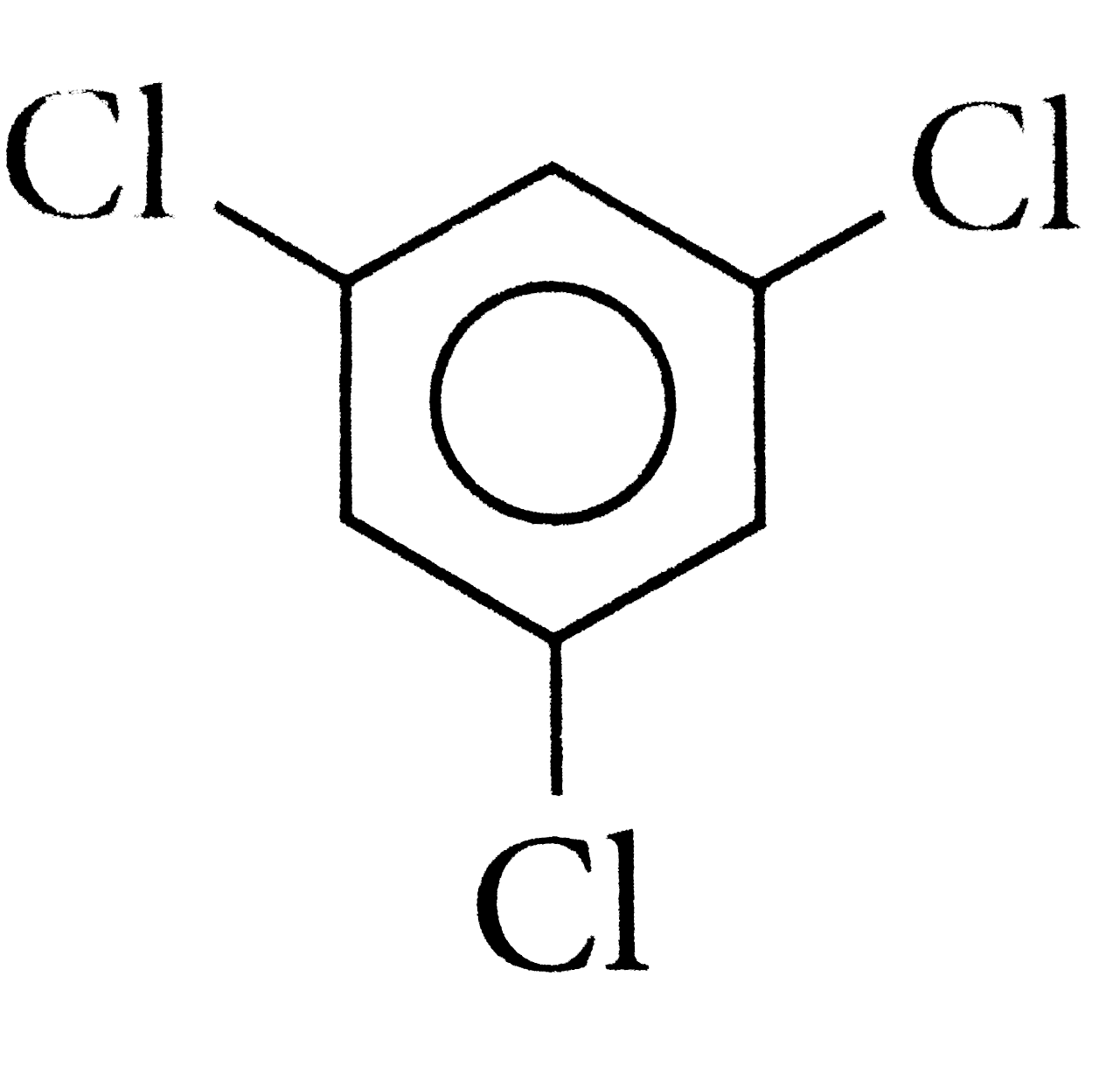Which of the following will have maximum depression in freezing point ?
1 M KCI
The correct Answer is:D
To determine which of the given solutions will have the maximum depression in freezing point, we need to analyze each option based on the number of particles produced when the solute dissociates in solution. The depression in freezing point is a colligative property, which depends on the number of solute particles in a solution.
1. Understand the Concept:
Depression in freezing point (ΔTf) is given by the formula:
ΔTf=Kf×C×i
where:
- Kf = cryoscopic constant (constant for a given solvent),
- C = molarity of the solution,
- i = van 't Hoff factor (number of particles the solute dissociates into).
2. Identify the Options:
- 0.5 molar Li2SO4
- 1 molar KCl
- 0.5 molar BaCl2
- 1 molar Al2(SO4)3
3. Calculate the Number of Particles for Each Option:
- For 0.5 molar Li2SO4:
- Dissociation: Li2SO4→2Li++SO2−4
- Number of ions produced: 3 (2 Li⁺ + 1 SO₄²⁻)
- i=3
- Total particles = 0.5×3=1.5
- For 1 molar KCl:
- Dissociation: KCl→K++Cl−
- Number of ions produced: 2 (1 K⁺ + 1 Cl⁻)
- i=2
- Total particles = 1×2=2
- For 0.5 molar BaCl2:
- Dissociation: BaCl2→Ba2++2Cl−
- Number of ions produced: 3 (1 Ba²⁺ + 2 Cl⁻)
- i=3
- Total particles = 0.5×3=1.5
- For 1 molar Al2(SO4)3:
- Dissociation: Al2(SO4)3→2Al3++3SO2−4
- Number of ions produced: 5 (2 Al³⁺ + 3 SO₄²⁻)
- i=5
- Total particles = 1×5=5
4. Compare the Total Particles:
- Li2SO4: 1.5 particles
- KCl: 2 particles
- BaCl2: 1.5 particles
- Al2(SO4)3: 5 particles
5. Conclusion:
The solution with the maximum depression in freezing point is the one with the highest number of particles, which is 1 molar Al2(SO4)3 (5 particles). Therefore, the answer is:
Option D: 1 molar Al2(SO4)3.
Depression in freezing point (ΔTf) is given by the formula:
ΔTf=Kf×C×i
where:
- Kf = cryoscopic constant (constant for a given solvent),
- C = molarity of the solution,
- i = van 't Hoff factor (number of particles the solute dissociates into).
- 0.5 molar Li2SO4
- 1 molar KCl
- 0.5 molar BaCl2
- 1 molar Al2(SO4)3
- Dissociation: Li2SO4→2Li++SO2−4
- Number of ions produced: 3 (2 Li⁺ + 1 SO₄²⁻)
- i=3
- Total particles = 0.5×3=1.5
- Dissociation: KCl→K++Cl−
- Number of ions produced: 2 (1 K⁺ + 1 Cl⁻)
- i=2
- Total particles = 1×2=2
- Dissociation: BaCl2→Ba2++2Cl−
- Number of ions produced: 3 (1 Ba²⁺ + 2 Cl⁻)
- i=3
- Total particles = 0.5×3=1.5
- Dissociation: Al2(SO4)3→2Al3++3SO2−4
- Number of ions produced: 5 (2 Al³⁺ + 3 SO₄²⁻)
- i=5
- Total particles = 1×5=5
- Li2SO4: 1.5 particles
- KCl: 2 particles
- BaCl2: 1.5 particles
- Al2(SO4)3: 5 particles
The solution with the maximum depression in freezing point is the one with the highest number of particles, which is 1 molar Al2(SO4)3 (5 particles). Therefore, the answer is:
Option D: 1 molar Al2(SO4)3.
Topper's Solved these Questions
- CHEMISTRY AT A GLANCEBOOK - ALLENCHAPTER - CHEMISTRY AT A GLANCEEXERCISE - INORGANIC CHEMISTRY
300 Videos
- CHEMISTRY AT A GLANCEBOOK - ALLENCHAPTER - CHEMISTRY AT A GLANCEEXERCISE - ORGANIC CHEMISTRY
472 Videos
- Chemical EquilibriumBOOK - ALLENCHAPTER - Chemical EquilibriumEXERCISE - All Questions
30 Videos
- ELECTROCHEMISTRYBOOK - ALLENCHAPTER - ELECTROCHEMISTRYEXERCISE - EXERCISE -05 [B]
38 Videos
Similar Questions
Knowledge Check
Which of the following will have maximum dipole moment?
A B
B C
C D
D
Which of the following have maximum electron affinity?
View SolutionIn which of the following solution the depression in freezing point is lowest ?
View SolutionWhich of the following ions have maximum hydration energy?
View SolutionWhich of the following have maximum number of isomers
View SolutionThe boiling point elevation and freezing point depression of solutions have a number of partical applications. Ethylene glycol (CH2OH−CH2OH) is used in automobile radiatiors as an antifreeze because it lowers the freezing point of the coolant. The same substance also helps to prevent the radiator coolant from boiling away by elevating the boiling point. Ethylene glycol has low vapour pressure. We can also use glycerol as an antifreeze. In order for the boiling point elevation to occur, the solute must be non-volatile, but no such restriction applies to freezing point depression. For example, methanol (CH3OH), a fairly volatile liquid that boils only at 65∘C, is sometimes used as an antifreeze in automobile radiators.
Which of the following is a better reagent for depression in freezing point but not for elevation in boiling point?
View SolutionWhich of the following solid has maximum melting points?
View Solution0.1 M solution of which of the following compounds will have the lowest freezing point ?
View Solution
